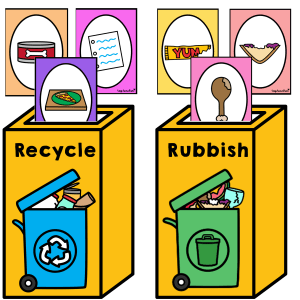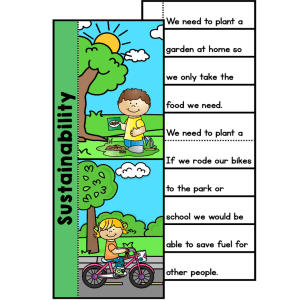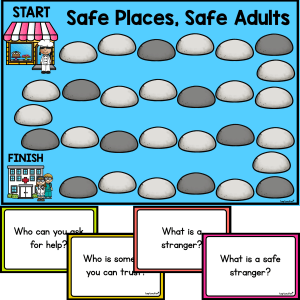Examining Equal Chance: Probability Worksheets

Description
Encourage critical thinking and statistical reasoning in your classroom with the engaging Examining Equal Chance: Probability Worksheets. This differentiated resource is designed to help students identify and describe outcomes that have an equal chance of occurring in a variety of probability-based scenarios.
Students will work through thoughtfully constructed tasks that require them to examine visual representations of probability scenarios, such as coloured counters in a bag, decks of cards, and various spinners. Each situation presents multiple options, challenging students to determine which outcomes are equally likely. The focus on visual models supports understanding of theoretical probability and builds confidence in applying probability vocabulary such as “equal”, “fair”, and “likely”.
Each worksheet is differentiated to accommodate a range of learners. The first version introduces simple, straightforward probability contexts. The second introduces more options and combinations, while the third challenges students to analyse increasingly complex scenarios. This scaffolded approach ensures all students can access the task while providing opportunities to stretch higher-level thinkers.
Key Learning Outcomes:
- ✅ Identify events with equal probability in familiar contexts
- ✅ Use probability language such as “equal chance”, “likely”, and “impossible” accurately
- ✅ Interpret data from bags of items, spinners, and decks of cards
- ✅ Compare different representations of random events and evaluate fairness
What’s Included:
- Three differentiated probability worksheets
- Each worksheet features tasks based on three situations: bag selection, card deck, and spinner
- Visuals provided to support understanding
- Answer keys for teacher reference or self-checking
Materials Needed:
- Printed copies of the worksheet (or reuse in write-and-wipe sleeves)
- Pencils or whiteboard markers
- Optional: concrete materials such as counters or spinners for demonstration
How to Use:
- Introduce the concept of equal chance with physical examples (e.g. coin toss, fair dice roll).
- Provide students with one of the differentiated worksheets suited to their level.
- Students work through each scenario, identifying which outcomes are equally likely to occur.
- Encourage students to explain their thinking using probability vocabulary.
- Review the answers as a class or in pairs using the included key to discuss different interpretations.
- Revisit the tasks during rotations or independent work to consolidate skills.
Ideas for Classroom Use:
- 💡 Use as a formative assessment during your probability unit
- 💡 Integrate into your maths rotations with students working independently or in pairs
- 💡 Combine with hands-on manipulatives to explore probability before completing the worksheets
- 💡 Display key vocabulary words like “equal”, “certain”, and “impossible” to reinforce language use
Top Teacher Tips:
- 💛 Use the visual nature of the worksheets to prompt class discussions on fairness and equal chance
- 💛 Store laminated copies in your numeracy stations for ongoing revision and use
- 💛 Differentiate with ease by assigning students the worksheet that best meets their understanding
- 💛 Have students create their own equal chance examples as an extension task
Examining Equal Chance: Probability Worksheets helps bridge theoretical understanding and real-world application, empowering your students to reason, justify, and explain their thinking while having fun with chance!
Additional information
| Number of Pages | 3 |
|---|---|
| File Format | |
| Australian Curriculum Code | AC9M5P01 |
Australian Curriculum V9
F - 6
Lorem ipsum dolor sit amet, consectetur adipiscing elit.
Lorem ipsum dolor sit amet, consectetur adipiscing elit.
Lorem ipsum/ Lorem ipsum/ Lorem ipsum
Lorem ipsum dolor sit amet, consectetur adipiscing elit.
Lorem ipsum dolor sit amet, consectetur adipiscing elit.
Lorem ipsum/ Lorem ipsum/ Lorem ipsum
Lorem ipsum dolor sit amet, consectetur adipiscing elit.
Lorem ipsum dolor sit amet, consectetur adipiscing elit.
Lorem ipsum/ Lorem ipsum/ Lorem ipsum
Lorem ipsum dolor sit amet, consectetur adipiscing elit.
Lorem ipsum dolor sit amet, consectetur adipiscing elit.
Lorem ipsum/ Lorem ipsum/ Lorem ipsum
Lorem ipsum dolor sit amet, consectetur adipiscing elit.
Lorem ipsum dolor sit amet, consectetur adipiscing elit.
Lorem ipsum/ Lorem ipsum/ Lorem ipsum





